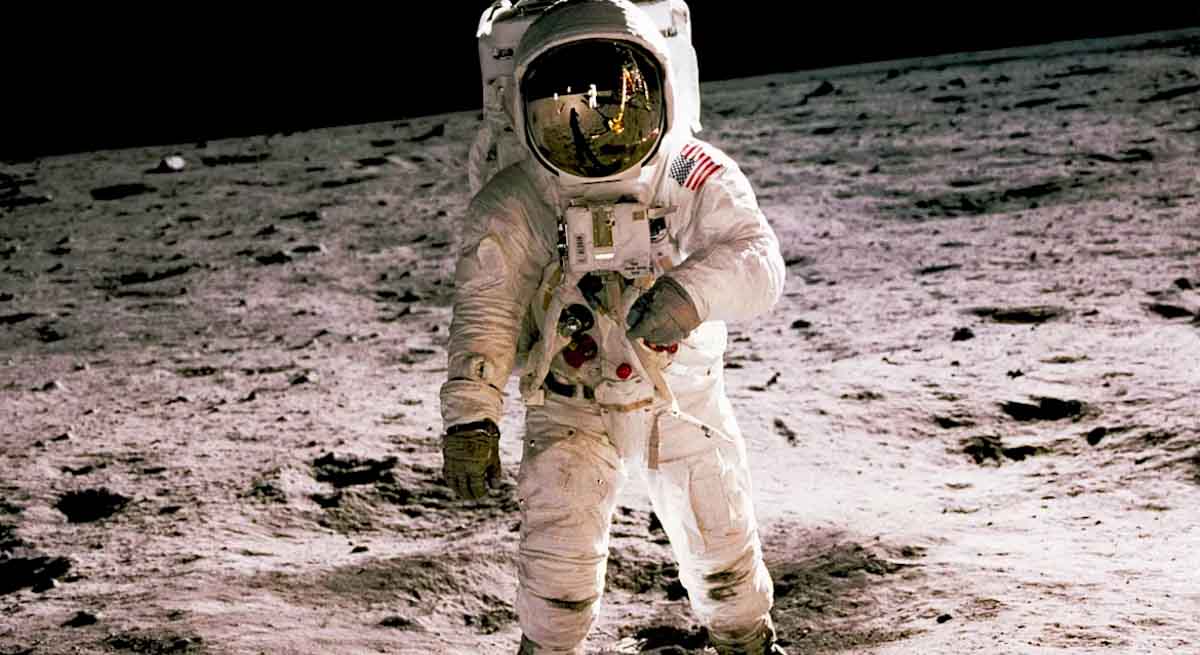Space travel is one of humanity’s greatest achievements, but it comes with significant health challenges. As astronauts leave Earth’s protective atmosphere, their bodies undergo profound physiological and psychological changes. From microgravity-induced muscle loss to radiation exposure and mental health stressors, the effects of space travel on human health are substantial.
This article explores these challenges and the measures taken to mitigate them, ensuring astronaut well-being on extended missions.
1. Microgravity and Its Impact on the Body
Microgravity is one of the most defining aspects of space travel, affecting nearly every system in the human body.
- Muscle and Bone Loss: On Earth, gravity ensures that muscles and bones stay strong through regular use. In space, the lack of gravity causes muscle atrophy and bone demineralization, leading to a reduction in bone density by about 1% per month. To combat this, astronauts follow rigorous exercise regimens using resistance and aerobic training.
- Fluid Redistribution: Without gravity pulling fluids downward, astronauts experience fluid shifts toward the upper body, leading to facial puffiness and increased intracranial pressure. This pressure may contribute to vision changes known as Spaceflight-Associated Neuro-Ocular Syndrome (SANS), a common issue among astronauts.
- Cardiovascular Changes: The heart, which usually works against gravity to pump blood, adjusts in microgravity, sometimes leading to a decrease in cardiac muscle mass. This can cause orthostatic intolerance (difficulty standing upright) upon return to Earth.
2. Radiation Exposure
Beyond Earth’s magnetic field, astronauts are exposed to high levels of cosmic radiation, which poses serious health risks:
- DNA Damage and Cancer Risk: Space radiation can break DNA strands, increasing the likelihood of cancer and other genetic mutations.
- Neurological Effects: Some studies suggest that prolonged exposure to cosmic radiation may impair cognitive function and accelerate neurodegenerative diseases.
- Countermeasures: Spacecraft are designed with shielding materials to reduce exposure, and mission planning includes strategies to limit time in high-radiation areas. NASA is also researching pharmaceuticals that could help repair radiation-induced DNA damage.
3. Psychological and Behavioral Effects
Long-duration space missions involve months or even years in confined environments, impacting mental health in various ways:
- Isolation and Confinement: Astronauts spend extended periods away from family and social networks, which can lead to feelings of loneliness, stress, and depression.
- Sleep Disruptions: The absence of a natural day-night cycle disrupts circadian rhythms, leading to sleep deprivation and fatigue, which can impair cognitive function.
- Coping Strategies: Psychological support includes regular communication with loved ones, access to mental health professionals, and structured schedules to maintain normalcy. Virtual reality (VR) and immersive entertainment are also being explored to provide mental stimulation and reduce stress.
4. Immune System Changes
Studies have shown that spaceflight can weaken the immune system, making astronauts more susceptible to infections:
- Altered Immune Response: Space conditions can suppress immune cell function, increasing the risk of illness.
- Microbial Growth: The closed environment of spacecraft can encourage microbial growth, posing additional health risks.
- Preventative Measures: Strict hygiene protocols, regular health monitoring, and tailored nutrition plans help mitigate immune-related risks.
5. Gastrointestinal and Nutritional Challenges
Space travel affects digestion and metabolism:
- Altered Gut Microbiome: Studies indicate that microgravity can impact the composition of gut bacteria, potentially affecting digestion and overall health.
- Nutritional Needs: Astronauts require a carefully balanced diet rich in vitamins, minerals, and protein to counteract the adverse effects of microgravity and radiation. Ongoing research explores space-grown crops to enhance long-term missions’ sustainability.
6. Countermeasures for Long-Duration Space Missions
As humans prepare for missions to Mars and beyond, advanced countermeasures are being developed:
- Artificial Gravity: Future spacecraft may incorporate rotational forces to simulate gravity and mitigate muscle and bone loss.
- Pharmacological Interventions: Researchers are developing drugs to combat bone density loss, radiation exposure, and other space-induced conditions.
- Enhanced Exercise Equipment: Next-generation resistance and cardiovascular exercise machines are being designed to be more effective and compact for spacecraft use.
- Psychological and Social Adaptation: Team dynamics training and AI-driven mental health support systems are being explored to enhance astronauts’ psychological resilience.
How is astronaut health maintained in space?
Space travel poses unique health challenges, but ongoing research and technological advancements continue to improve astronaut safety. With comprehensive countermeasures, humanity is gradually overcoming these hurdles, paving the way for long-duration missions and the eventual colonization of other planets. As space agencies and private companies push the boundaries of exploration, understanding and mitigating the effects of space travel on human health will remain a top priority.
